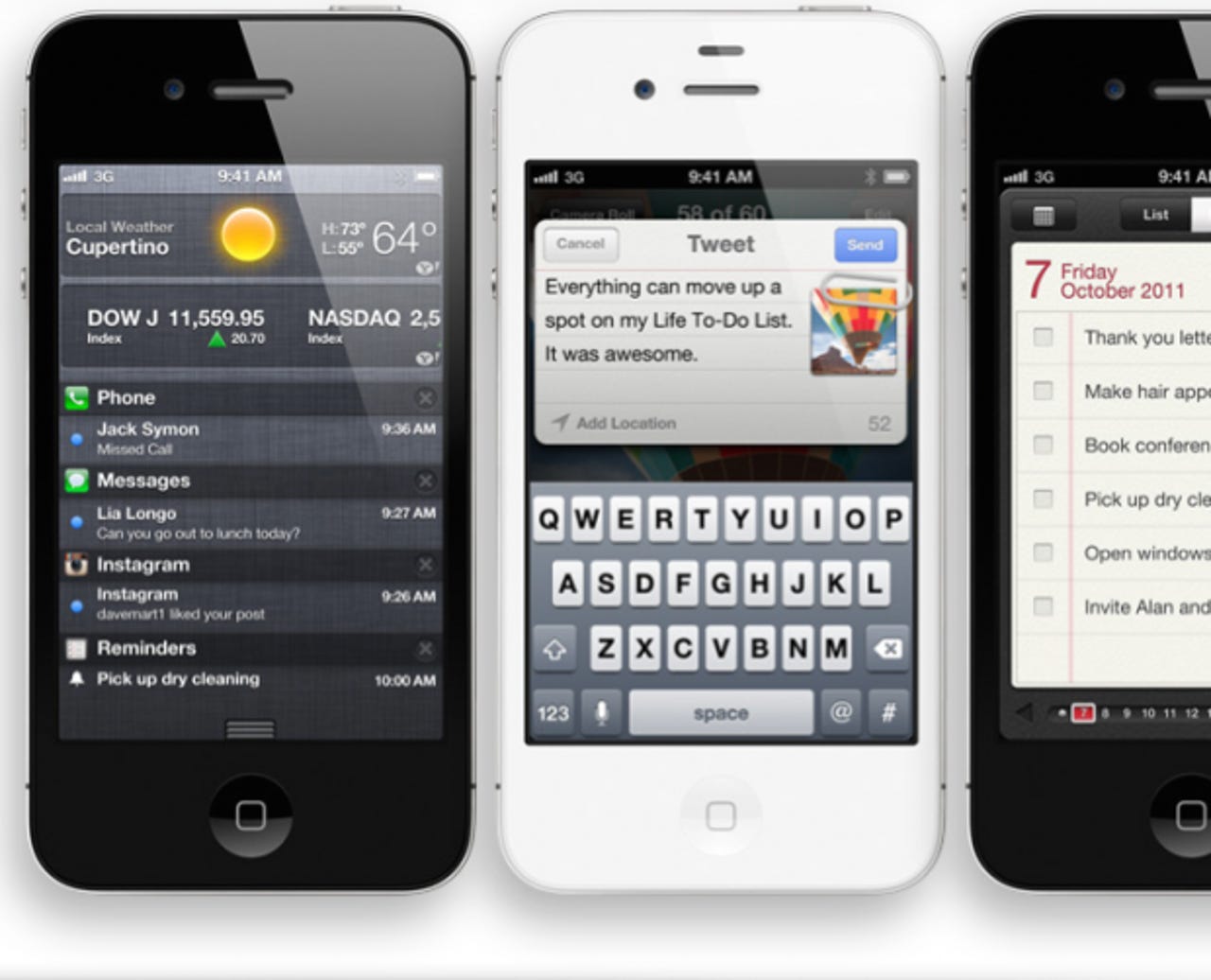Is AT&T's iPhone dominance slipping?


The second quarter earnings report from AT&T is out today, revealing that the U.S. telecommunications company activated 3.7 million iPhones, with 22 percent new to the company.
The company also posted its best-ever churn rate -- 0.97 percent for post-paid devices like the iPhone -- and total smartphone sales of 5.1 million, a third of them 4G-capable devices.
But it's the iPhone number that's most interesting. AT&T, of course, was the first American carrier to carry the industry-leading Apple device, and enjoyed a domestic monopoly on four generations of it from June 2007 to February 2011. After that, Verizon joined the fray, with the iPhone 4. Sprint followed later that year.
Much ink has been spilled about declining iPhone sales in the face of stiff competition from Google devices, and that's certainly an interesting angle. Just as interesting is AT&T's continued hold on the iPhone crown, five generations in -- and its slipping grip with each passing quarter.
To wit:
In 2Q12, AT&T activated 3.7 million iPhones. Verizon activated 2.7 million.
In 1Q12, AT&T activated 4.3 million. Verizon activated 3.2 million.
In 4Q11, AT&T activated 7.6 million. Verizon activated 4.3 million.
In 3Q11, AT&T activated 2.7 million. Verizon activated 2 million.
In 2Q11, AT&T activated 3.6 million. Verizon activated 2.3 million.
In 1Q11, AT&T activated 3.6 million. Verizon activated 2.2 million.
In 4Q10, AT&T activated 4.1 million.
You'll notice that sales of Apple's most profitable device in the U.S. haven't let up. Even excluding Sprint, they have steadily increased over the last year and a half.
But AT&T's lead is slipping. The carrier continues to have a strong lead over Verizon, yet Big Red has increased more on a year-over-year basis. (Call it "most improved.") Verizon is slowly gaining iPhone market share, despite AT&T's tremendous lead owing to contract exclusivity, even as the overall iPhone pie chart grows. (Where is that share coming from? We can't be sure until Sprint and T-Mobile release their earnings for the quarter.)
The biggest question is what we'll see in the next two quarters. Not just because of an anticipated fifth-generation iPhone model, mind you, but also because of AT&T's backlog of iPhone 3GS users and first-month iPhone 4 buyers. Many of these people are still on two-year contracts signed before competing carriers entered the iPhone fray; what will they do as their contracts come up for renewal? Assuming they stick with the iPhone, will they stick with AT&T?
In 2011, AT&T insisted that its churn rate didn't drop after it lost iPhone exclusivity. (Its churn rate for its most recent quarter? 0.94 percent, almost identical to AT&T's.) That may be true, but it's not a fair test until you allow customers to let their contracts run out. (At up to $325, that "early termination fee" does wonders for your churn, no?) The reality is that for all but the most passionate buyers, the effects of AT&T's exclusivity loss won't truly be evident until...well, right now.